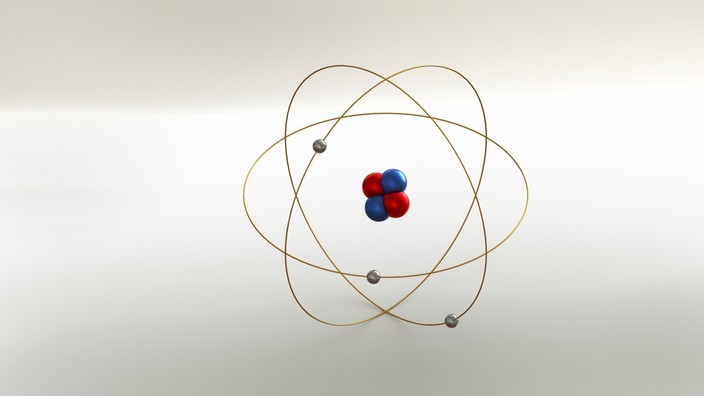Neutrons and protons occupy the atom's nucleus. The nucleus of an atom is tiny—only one millionth of a billionth of the full volume of the atom—but fantastically dense, since it contains virtually all the atom's mass. As Cropper has put it, if an atom were expanded to the size of a cathedral, the nucleus would be only about the size of a fly—but a fly many thousands of times heavier than the cathedral. It was this spaciousness—this resounding, unexpected roominess—that had Rutherford scratching his head in 1910.

It is still a fairly astounding notion to consider that atoms are mostly empty space, and that the solidity we experience all around us is an illusion. When two objects come together in the real world—billiard balls are most often used for illustration—they don't actually strike each other. "Rather," as Timothy Ferris explains, "the negatively charged fields of the two balls repel each other. . . were it not for their electrical charges they could, like galaxies, pass right through each other unscathed." When you sit in a chair, you are not actually sitting there, but levitating above it at a height of one angstrom (a hundred millionth of a centimeter), your electrons and its electrons implacably opposed to any closer intimacy.











